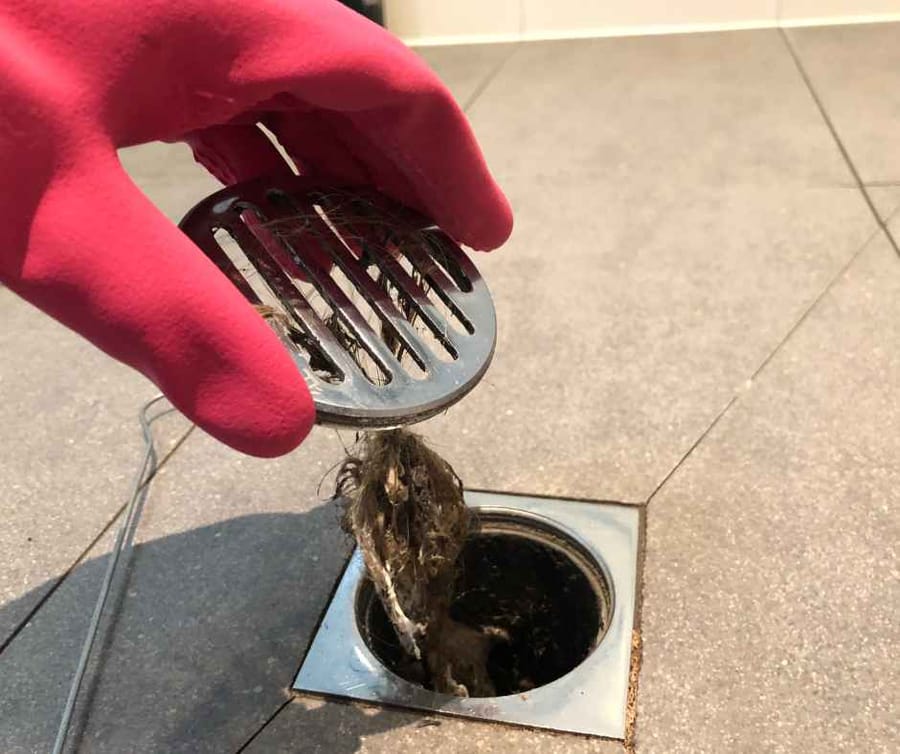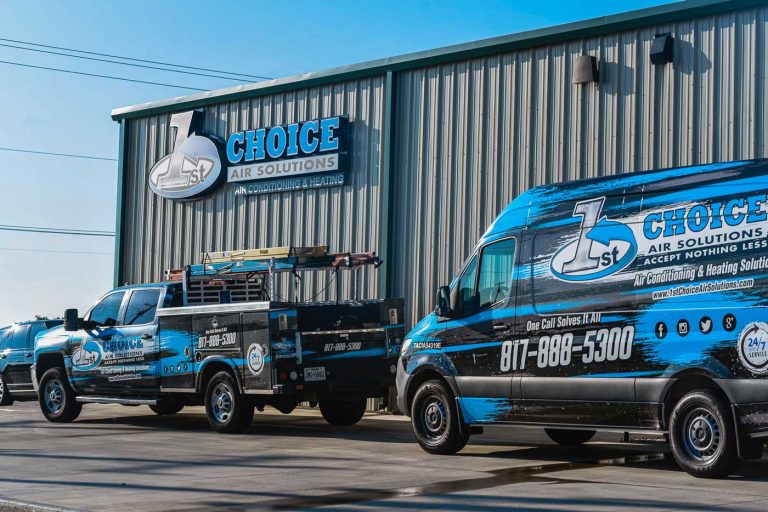You hop in the shower expecting a quick rinse—and suddenly find yourself ankle-deep in murky, unmoving water. A clogged shower drain with standing water isn’t just gross—it’s a sign that something’s stuck in your plumbing, and it won’t fix itself. Left alone, this kind of backup can lead to bad smells, mold growth, and even water damage around your tub or floor. Fortunately, you don’t need to be a plumber to tackle the problem. With the right approach and a little patience, many clogs can be handled at home using basic tools.
In this blog, we’ll walk you through why shower drains clog, what you’ll need to get started, how to clear the blockage, and when it’s time to call in the pros.
Why Shower Drains Clog in the First Place
Most shower drain clogs are the result of a gradual buildup of everyday materials. Hair is often the main culprit, especially in households with long-haired occupants. As it washes down the drain, it tends to snag on soap scum and shampoo residue lining the walls of the pipe. Over time, this sticky mess grows into a blockage that slows or stops water flow altogether.
Other factors can contribute as well. Hard water minerals may accumulate and narrow the drainpipe’s diameter, while poor drainage design—such as pipes with little slope—can make it easier for debris to settle and stay put. Ignoring early signs, like slow-draining water or bubbling sounds, allows the clog to worsen until it turns into standing water you can’t ignore.
What to Do Before You Start
Before you reach for any tools or try to force water down the drain, it’s important to prepare the area—and yourself—for the task. First, turn off the water to stop additional flow into the shower. If the water level is high, use a small container or cup to bail out as much as possible into a bucket. This makes the work less messy and gives you a clearer view of the drain.
Next, remove the drain cover. Some covers pop off easily, while others may require a screwdriver. Once the cover is off, use a flashlight to look inside the drain opening. You may be able to see hair or gunk near the surface. If you can, put on a pair of rubber gloves to remove any visible debris by hand.
It’s also a good idea to gather your supplies in advance. You won’t need anything fancy—just a flashlight, gloves, a bucket, a plunger, and either a drain snake or zip-it tool. Having these on hand will save time and make the process smoother once you get started.
How to Unclog a Shower Drain With Standing Water
Once you’ve cleared the area and removed any visible debris, it’s time to take action. There are a few effective methods you can try—starting with the simplest and moving up to more hands-on solutions.
If the clog is close to the surface and visible, your hands may be your best tool. Wearing gloves, try pulling out any hair or sludge you can reach. Sometimes that alone is enough to restore proper drainage.
If the water still isn’t moving, reach for a plunger. Position it firmly over the drain to create a seal, then plunge with steady pressure for 20 to 30 seconds. The goal is to create enough suction to dislodge the blockage below.
Still clogged? A drain snake or a plastic zip-it tool can go deeper. Feed it slowly into the drain, twisting or pulling gently to catch and remove buildup stuck farther down the line. Be careful not to force it—this could damage the pipe or push the clog deeper.
After you’ve removed the clog, pour a kettle of hot (not boiling) water down the drain to help flush out any leftover residue. This final step helps clear minor buildup and confirms that water is flowing freely again.
When to Avoid Harsh Chemicals
It’s tempting to reach for a bottle of chemical drain cleaner when the water won’t budge—but that quick fix can cause more harm than good. Many commercial cleaners contain strong acids or lye-based formulas that eat away at clogs, but they can also damage your pipes over time. This is especially risky for older plumbing systems or homes with PVC pipes, which may not withstand repeated chemical exposure.
Another issue is that chemical cleaners often don’t remove the entire blockage. They may partially dissolve the clog or push it deeper into the pipe, only for the problem to return a few days later. Worse, if they don’t work and you eventually use a plunger or snake, leftover chemicals in the drain can splash back and pose a serious safety hazard.
If you’ve already tried a chemical product and it didn’t solve the issue, it’s best to skip any further DIY attempts and call a plumber. They’ll know how to clear the clog safely and thoroughly without putting your home’s plumbing or your health at risk.
When to Call a Professional Plumber
Some shower drain clogs are simply too stubborn for DIY fixes. If you’ve tried plunging, snaking, and hot water but the standing water won’t budge, it’s time to bring in a professional. A licensed plumber has specialized tools—like motorized augers and video inspection equipment—that can locate and remove deep or complicated blockages without damaging your pipes.
You should also call a plumber if clogs keep coming back. Frequent backups can signal a larger issue within your home’s plumbing system, such as a damaged pipe, poor drain slope, or buildup further down the line. Addressing the root cause early can save you from more expensive repairs later on.
Other warning signs include foul odors coming from the drain, gurgling sounds in nearby fixtures, or multiple slow drains in different areas of your home. These symptoms may point to a mainline issue, which definitely requires expert attention.
Professional help doesn’t just solve the problem—it gives you peace of mind that your plumbing is in good hands and your shower will drain properly going forward.
Wrap-Up: Keep Water Flowing Smoothly
A clogged shower drain with standing water is more than just inconvenient—it’s a sign that something is blocking the flow and needs to be dealt with before it worsens. Thankfully, many minor clogs can be handled at home with basic tools like a plunger or drain snake. But when those methods don’t work or the problem keeps coming back, calling a plumber is the safest and most effective solution.
At the end of the day, clear drains help maintain a clean, functional, and comfortable bathroom. Don’t wait for water to spill over or odors to spread.
Contact 1st Choice Plumbing, Heating & Air Solutions for fast, expert drain clearing and plumbing services you can trust.

